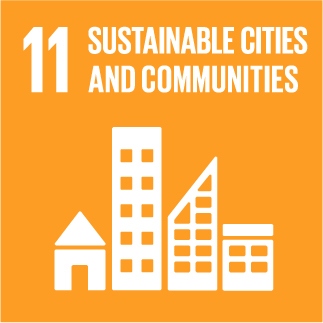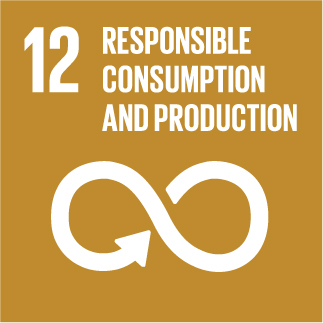URBANREC
Valorization of sludge from a wastewater treatment plant by glass-ceramic production
The study of the nucleation and crystal growth of a glass made from sewage sludge is the base for the production of a new glass-ceramic material to render the potentially harmful elements of the sludge inert. Two mineral phases crystallize during thermal treatments of sludge glass: magnetite (starts growing below 700°C and up to above 1000°C) and plagioclase (starts growing at 850°C and up to 925°C). Magnetite is present either as individual crystals or as polycrystalline aggregates. Plagioclase grows as individual crystals reaching sizes up to 250nm. During devitrification, magnetite is initially intergrown with plagioclase and then it is expelled to the grain boundaries at temperatures above 800°C. In the glass-ceramic, plagioclase aggregates (90wt%) longer than 50µm are intergrown with magnetite crystals (10wt%) of less than 1µm in diameter. The concentrations of potentially toxic elements in both the glass and the glass-ceramic leachates are low enough for them to be considered inert.

» Author: M. Tarrago, M. Garcia-Valles, M.H. Aly, S. Martínez
» Reference: Ceramics International, Volume 43, Issue 1, Part B
» Publication Date: 01/01/2017
» More Information

This project has received funding from the European Union's Horizon 2020 research and innovation program under grant agreement Nº 690103




URBANREC Guidelines by URBANREC Consortium is licensed under a Creative Commons Reconocimiento-NonComercial-NoDerivatives 4.0 Internacional License.
Puede hallar permisos más allá de los concedidos con esta licencia en www.aimplas.net
